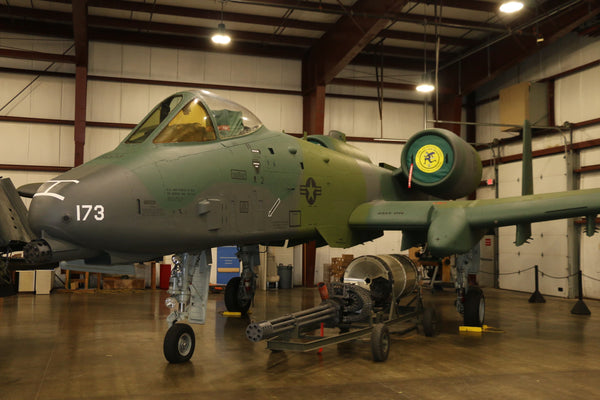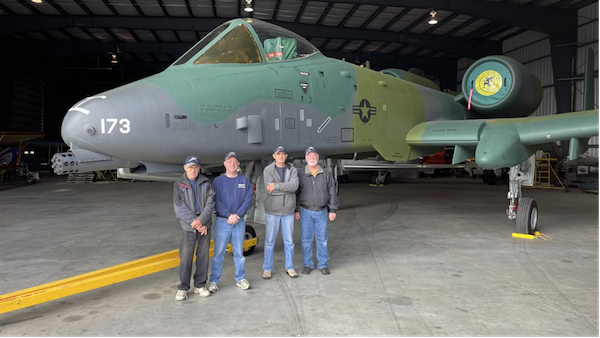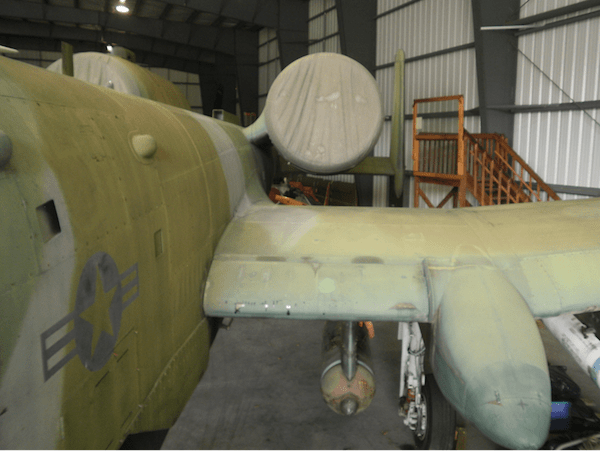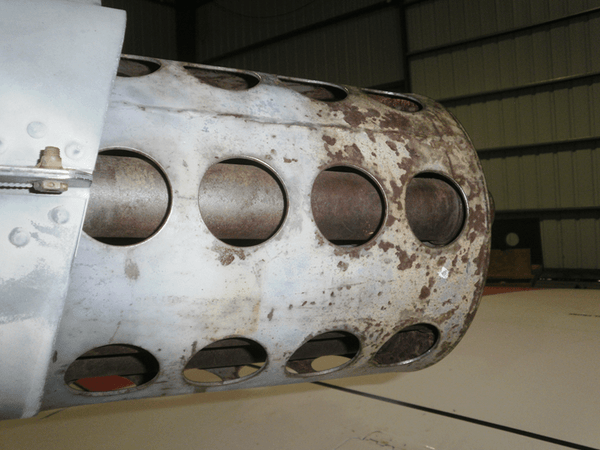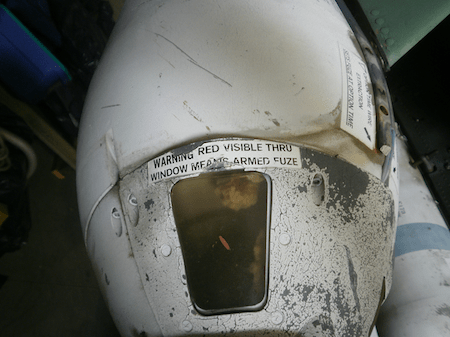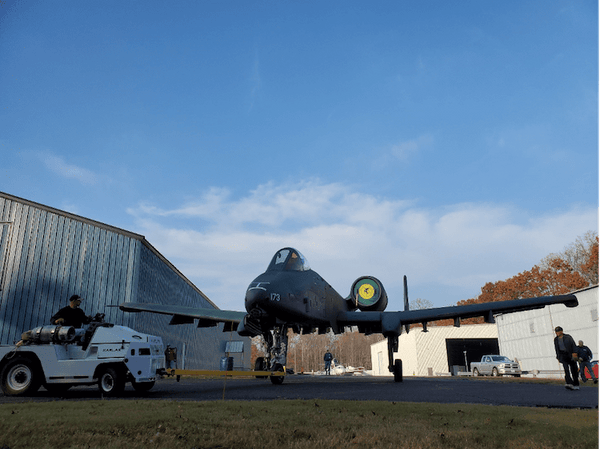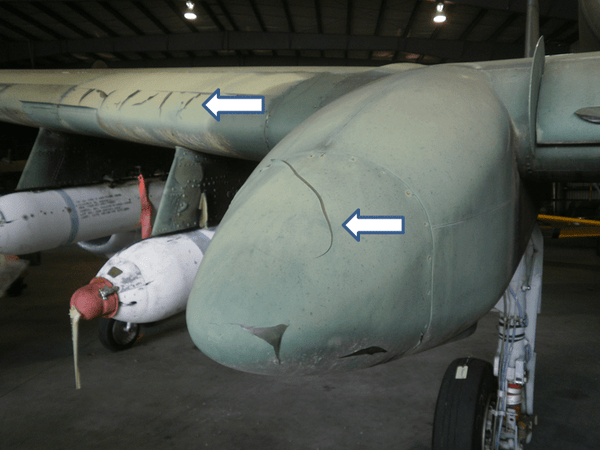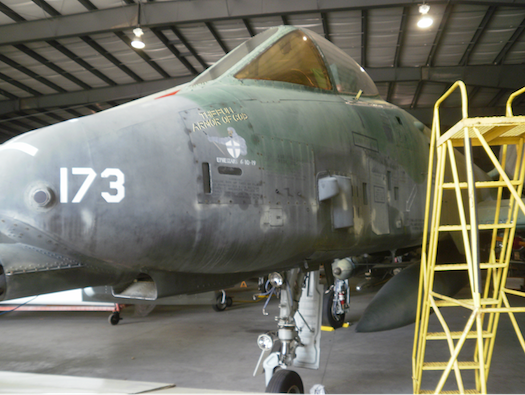Restoration Diary
FAIRCHILD REPUBLIC
A10 'Thunderbolt II'
THE HISTORY
The project to actively restore the museum’s Fairchild Republic A-10 Thunderbolt II aircraft (S/N 79-0173) commenced in late calendar year 2017. The A-10 originally came to the New England Air Museum (NEAM) from the Connecticut Air National Guard stationed here in Windsor Locks. NEAM requested permission from and was approve by the Air Force to restore the exterior of the aircraft. The initial scope of the project was a preservation/repair effort that was necessary to return the aircraft to a visual level suitable for public display. Since the aircraft had been parked outside for a while during its years at the museum, the New England weather took its toll on the aircraft.
In support of the program, written requests to external military organizations were made to obtain information about the service use of the aircraft. This information was used to create content for the signage that supports the display of the aircraft.
We were very fortunate to have established a close working relationship with the regional PPG representative and the entire PPG Aerospace organization, who provided their aircraft rated primers and topcoat paints. This is our second project we’ve completed through this association
